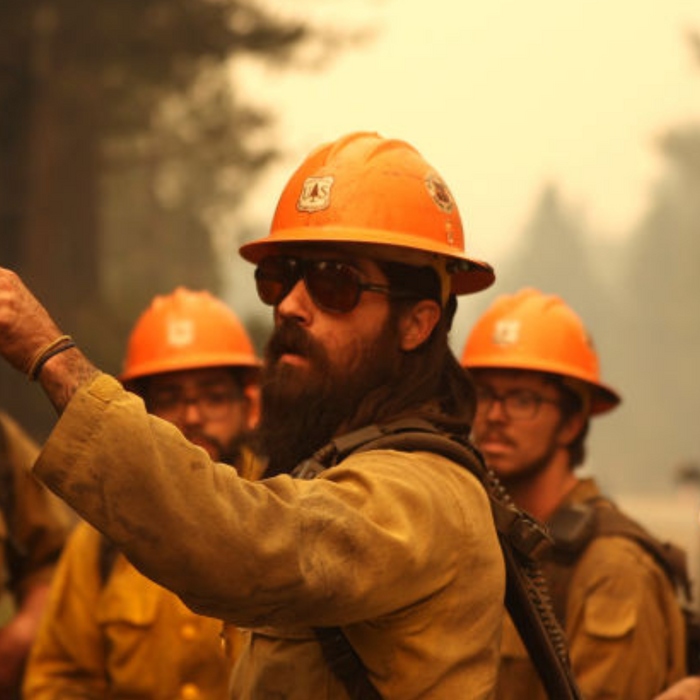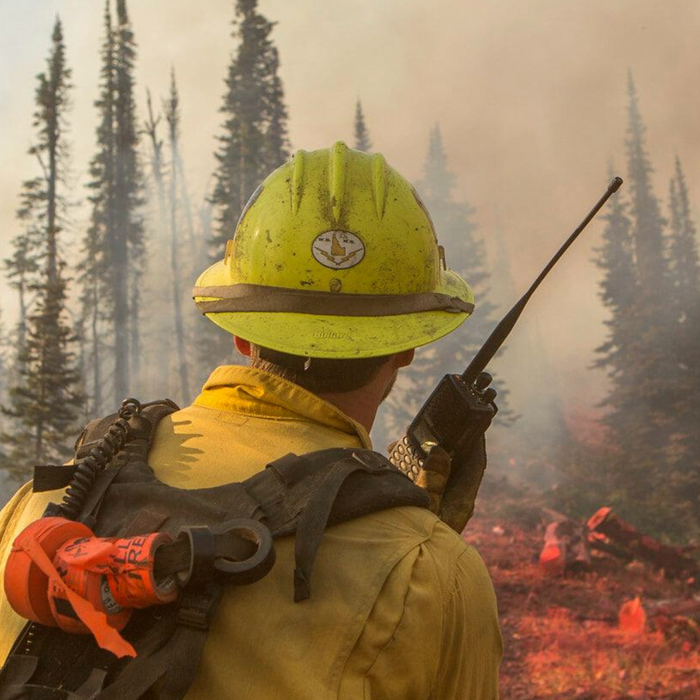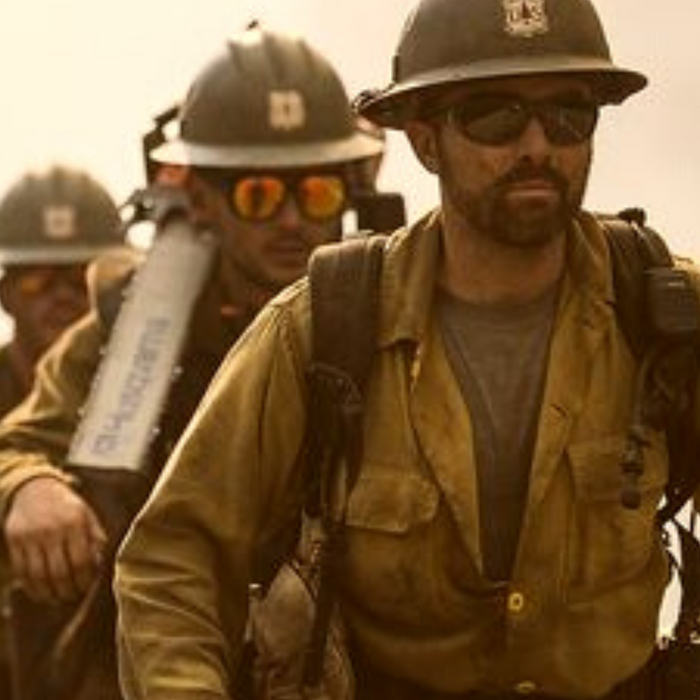When it comes to search and rescue operations, effective communication and coordination are crucial. Lives depend on the ability of responders to locate and assist individuals in distress. That's where two-way radios come in. These powerful communication devices, such as the KNG-P, BKR500, and KNG-M, play a vital role in facilitating seamless communication among search and rescue teams. Let's explore how these radios enable responders to carry out their missions successfully.
Reliable Communication in Challenging Environments
Search and rescue operations often take place in remote and challenging environments, such as dense forests, rugged mountains, or disaster-stricken areas. In these situations, traditional communication methods like cell phones may not be reliable due to limited coverage or damaged infrastructure. Two-way radios, on the other hand, operate on dedicated frequencies and can provide reliable communication even in the most challenging conditions.
Mobile radios have a greater range compared to handheld radios, allowing search and rescue teams to communicate over larger distances. This wide coverage is crucial in situations where team members are spread out or when coordinating with other emergency response agencies.
Instantaneous and Real-Time Communication
During search and rescue missions, every second counts. Two-way radios allow for instantaneous and real-time communication between team members. Responders can quickly relay critical information, such as the location of a missing person or updates on the progress of the operation. This immediate communication helps teams make informed decisions and take swift action, increasing the chances of a successful rescue.
Handheld radios used in search and rescue operations are often designed to be compatible with other essential equipment, such as GPS devices or headsets.This compatibility allows for seamless integration and enhances the overall effectiveness of the rescue operation. For example, the integration of GPS technology enables teams to track and locate team members accurately, improving safety and coordination.
Enhanced Coordination and Teamwork
Effective coordination is essential in search and rescue operations involving multiple teams and agencies. Two-way radios enable seamless communication between different teams, allowing them to work together efficiently. Responders can share information, coordinate their efforts, and ensure that everyone is on the same page. This enhanced coordination and teamwork result in a more organized and effective search and rescue operation.
Handheld radios are designed to provide wide coverage range, ensuring that search and rescue teams can stay connected even when they are spread out over a large area. These radios can transmit and receive signals over long distances, enabling teams to communicate with each other and the command center, regardless of their location. This wide coverage range is particularly valuable in situations where team members need to be deployed across a vast search area.
Interoperability is essential in search and rescue operations, as multiple agencies and teams often work together. Mobile radios are designed to be compatible with various communication systems, ensuring seamless communication between different teams and agencies. This interoperability promotes efficient collaboration and coordination during critical operations.
Durable and Resilient Design
Search and rescue operations can be physically demanding and expose equipment to harsh conditions. Two-way handheld radios designed for these missions, such as the KNG-P and BKR500, are built to withstand rugged environments. They are often water-resistant, dustproof, and shock-resistant, ensuring that they can withstand the rigors of search and rescue operations without compromising communication capabilities. Furthermore, their compact and lightweight design makes them easy to carry and operate, allowing search and rescue teams to move swiftly and efficiently.
When engaged in search and rescue operations, it is crucial to have reliable communication for an extended period. Handheld radios are designed with long battery life and power efficiency in mind. They are equipped with advanced battery technologies and power-saving features, ensuring that they can operate for extended periods without the need for frequent recharging or battery replacement.
Links to Two-Way Radios
If you're interested in learning more about the two-way radios mentioned in this article, you can find more information and purchase them through the following links:
Summary
In conclusion, two-way radios play a crucial role in search and rescue operations. Their reliable communication capabilities, instantaneous and real-time communication, enhanced coordination, and durable design make them indispensable tools for responders. They provide wide coverage, durability, enhanced features, efficient communication, and interoperability, all of which are essential for the success of these critical missions. Equipping search and rescue teams with reliable communication tools, mobile radios and handheld radios contribute to saving lives and ensuring the safety of both rescuers and those in need of assistance.





Leave a comment